Things have not been happy at Tate Britain for some time. Last year Waldemar Januszczak wrote an article culminating with this cri de coeur: ‘Curtis has to go. She really does.’ The meat of the argument against Tate Britain’s director was that she had presided over a run of misconceived exhibitions disliked as much by critics and scholars as by the public. In her defence, these were not the blockbuster shows but the low-cost fillers that UK museums must put on when the coffers are low. As such they tend to be long on ideas and short on jaw-dropping loans. It is not much of a defence. The massive unseen collections of the Tate present plenty of opportunity to mount extraordinary exhibitions.
Now, however, she has presided over a stinker of a blockbuster. Sculpture Victorious has been panned across the board. The Guardian’s good art critic, Adrian Searle, labelled it ‘an epic fail’ and Richard Dorment, who is not only the Telegraph’s chief art critic but also an eminent scholar of Victorian sculpture, wrote the worst review I have ever read. He takes issue with the conception — ‘an extended academic lecture …deadly dull from start to finish’; the curation — ‘these dolts don’t realise …that exhibitions … are above all visual experiences’; and the scholarship — ‘hot-air generalisations that veer between the banal …and the meaningless’.
This is unacceptable where Tate Britain is playing on home ground. Worse, Penelope Curtis is a sculpture expert, previously leading the Henry Moore Institute. She has just finished giving the Paul Mellon lectures on ‘Sculpture on the Threshold’. I made it to the second of her five lectures, in which she took an hour to express the relatively simple idea that tomb sculpture had an influence on 20th-century sculptors. Ideas were superseded by showing slides juxtaposing images and waiting for some point to make itself.
This seems of a piece both with Sculpture Victorious, of which she is not the named curator but which she must have supervised very closely, and with her expressed aims as she told the Art Newspaper on taking the job in 2010, ‘I wanted to show the collection more aesthetically, sometimes with less information and allowing the art to speak for itself.’
Penelope Curtis has, then, done what she promised. If her reign has proved a disaster then questions should be asked about who appointed her. The culprit is Sir Nicholas Serota. Everyone in Britain is deeply in Serota’s debt for the creation of Tates Modern, Liverpool and St Ives. But he is a cultural warrior. His heart is with Gerhard Richter, Sigmar Polke and Cy Twombly at Tate Modern. In his exceptionally long career British greats such as Lord Leighton, Jacob Epstein or Peter Lanyon have been ignored at Tate Britain.
After Serota appointed Curtis, he manoeuvred senior curators out of Tate Britain, scholars with the greatest understanding of Turner and Constable. Out with scholarship and in with cultural criticism seems to have been the plan of action. Well, it has not worked. Curtis must certainly go now. What is more, Serota and his internationally focused trustees should not control the position. A new, nationally focused committee is needed. It should answer to the Prime Minister and include a representative from the National Gallery, whose collections and ambitions jog alongside those of the Tate. Let me be the first to suggest that Alex Kidson, formerly of the Walker Gallery, Liverpool, would be an outstanding director who could sort out the current scholarship problem.
Got something to add? Join the discussion and comment below.
Get 10 issues for just $10
Subscribe to The Spectator Australia today for the next 10 magazine issues, plus full online access, for just $10.
You might disagree with half of it, but you’ll enjoy reading all of it. Try your first month for free, then just $2 a week for the remainder of your first year.

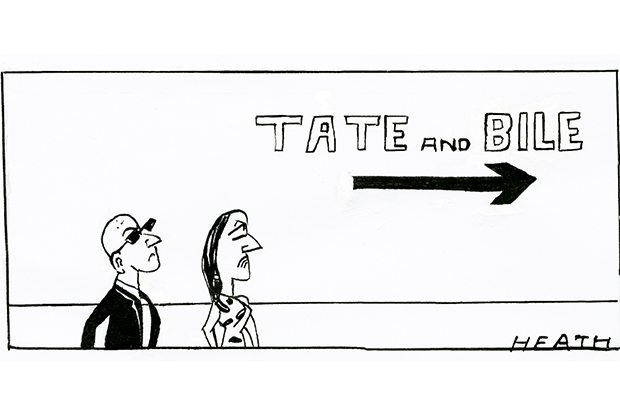
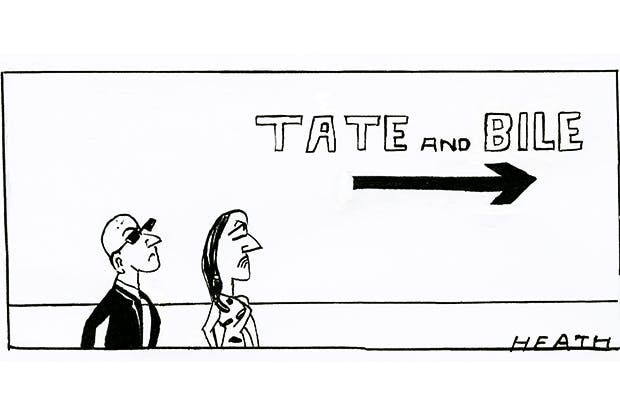
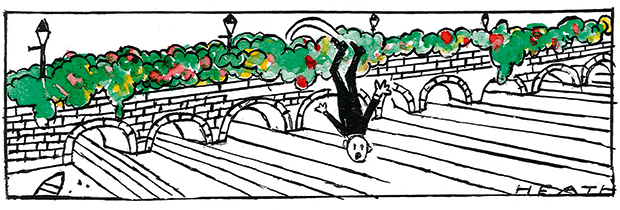
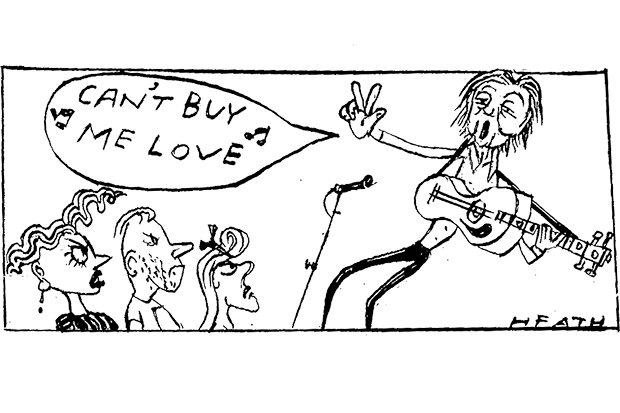
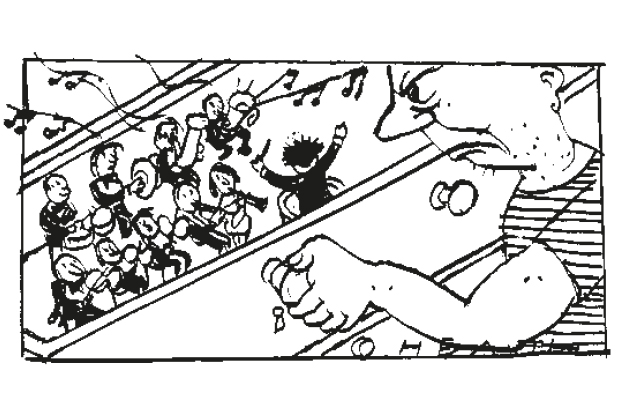
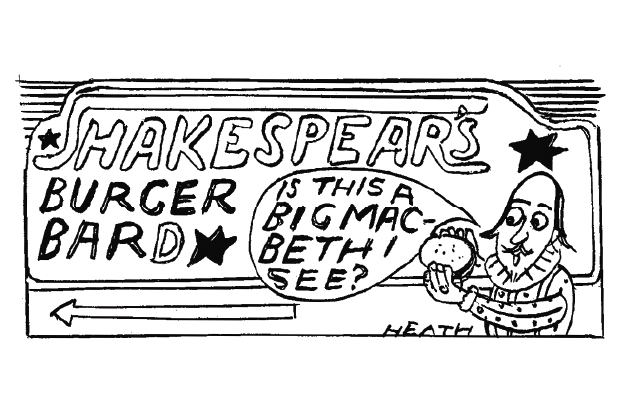






Comments
Don't miss out
Join the conversation with other Spectator Australia readers. Subscribe to leave a comment.
SUBSCRIBEAlready a subscriber? Log in